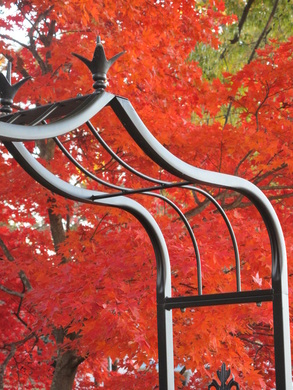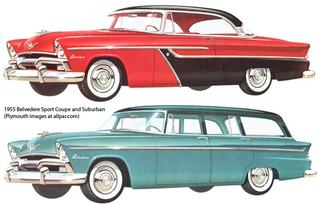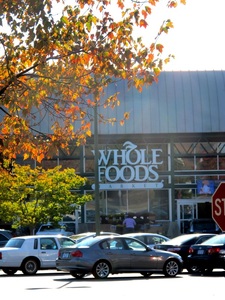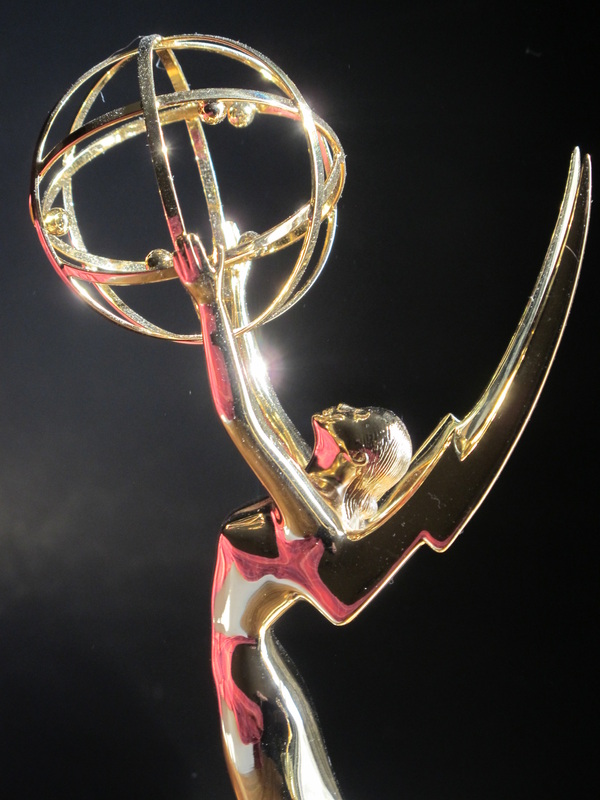 photo copyright by Brian E. Faulkner
photo copyright by Brian E. Faulkner Clearly, the future of personal flying craft swooping through soaring cities, as illustrated in Popular Science years ago, did not happen. Nor did a world free of pollution, war and hate, bad germs, disease, distasteful hairdos, foul breath and other toxic things. But who could have imagined a “personal” computer of such incredible power? Or a “smart” phone that that (almost) works everywhere, as Issac Asimov predicted in 1964 (http://www.openculture.com/2014/01/isaac-asimov-predicts-what-the-world-will-look-in-2014.html) – and takes pictures of astonishing quality that you can send to friends down the block or around the world on something called the Internet. Arthur C. Clarke also nailed that prediction 50 years ago. (http://www.openculture.com/2011/09/arthur_c_clarke_looks_into_the_future_1964.html)
I recall consulting to a firm 25 years or so ago whose business it was to predict the future. My assignment was helping them describe their benefits to corporate prospects. They had quite the impressive place, with lots of marble, glass, sneaky lighting, far-out sculptures and minimalist appointments. They also had a clutch of Ph.D.s hard at work (it seemed) trying to out think one another – in hope of impressing prospective clients who had the curiosity (and the cash) to pony up for the firm’s take on the future.
Their main product was something called scenario planning, a technique developed by Royal Dutch Shell to consider how a small handful of alternative futures might affect their business. Scenarios included the most predictable one (more of the same, just incremental change), one based on crisis-level fuel shortages or some other hugely disruptive event, another featuring global chaos created by the bad guys of the moment (9-11 was years in the future) and finally a wild card, anything goes scenario. It was a good way to get clients thinking that the future is likely to be unpredictable and they’d better get busy planning for something different than what they’ve got. In other words, allow yourself to wonder over your company’s far horizon in a disciplined (and expensive) sort of way.
Of course, their predictions were all made before the Internet (which likely helped drive them out of business), during a time when the future appeared a whole lot less threatening and didn’t seem to advance as relentlessly as it does now.
Consider changes happening today, at least as I note them:
- rising geopolitical uncertainty around the world (maybe even including the Arctic)
- our country in decline (some say) especially in military preparedness and space exploration
- a burgeoning -- and increasingly more competitive -- China
- China and North Korea intentionally stirring the East Asian pot
- a restive Russia, led by the relentless Mr. Putin
- the sadness and human tragedy that is Syria
- continuing unrest in the Mideast, driven by religious extremism and restless youth
- the rise of non-nation state actors with peace in mind -- but only on their terms
- immigration indigestion in Western Europe and North America
- the fear of terrorism still lurking in our bones
- cyber-warfare, including potential electrical grid sabotage and loss of our food distribution system
- pervasive refusal to consider both the short- and long-term impact of petroleum-driven “progress”
- economic uncertainty, especially ramifications of a declining U.S. dollar
- a schizophrenic economy (the market way up but without much street level growth)
- disruptive and discouraging political bifurcation, at both the state and national levels
- tepid leadership that seems to lack a constructive vision cut from whole cloth
- the refusal of both left and right to release climate change from its political bondage
- a dramatically shifting workforce, with more losers than winners
- a public education system that often appears more focused on survival than success
- capitalism that too frequently seems un-anchored from the common good
- too much super-scale retailing at the expense of small businesses and their communities
- the idolatry of celebrity worship, while occupations with greater potential value are devalued
- the bottomless pit of "popular" entertainment and runaway consumerism
- increased personal isolation brought on by the rapid growth of social media
- creeping societal change, ever lapping at the shores of our minds
- a sometimes notion that we in the U.S. are largely isolated from it all.
The countless good news stories (mostly personal, largely local) pale by comparison to the big overarching issues. Even at everyday level, the treasured notion of apple-pie-red-white-and-blue-opportunity-for-all in the US of A seems to have vanished in so much doubt and haze, witness the ascent of an ultra-class of high achievers while the middle class contracts and whole swaths of society become marginalized as technology and indifference kick them to the curb. In the face of all that, it sometimes seems as if God himself has taken more time off than we might prefer.
So how might we gaze into such a perilous future and – with our limited vision, come up with a tagline to describe it, enlarge our thinking and help guide our progress as the years unfold? I have a couple of suggestions – for example, the concept I came up with for the scenario planning firm a generation ago was, “The future: a moving target that changes as you act on it.” It still is, and it still does.
Consider these two taglines -- do they even begin to put a finger on the magnitude of change we are facing?
The Future: More Surprising Than You Can Even Imagine!
The Future: Dream Big … Plan for Disruption and Opportunity!
Usually I’m not much on exclamation points, but using them here seems appropriate when contemplating the future we face these days. What do you think? Your thoughts and criticism welcome.
Takeaway: The future is always different than you imagine, so approach it imaginatively. Expect significant, unanticipated change when planning business strategy and turn it into opportunity.





 RSS Feed
RSS Feed